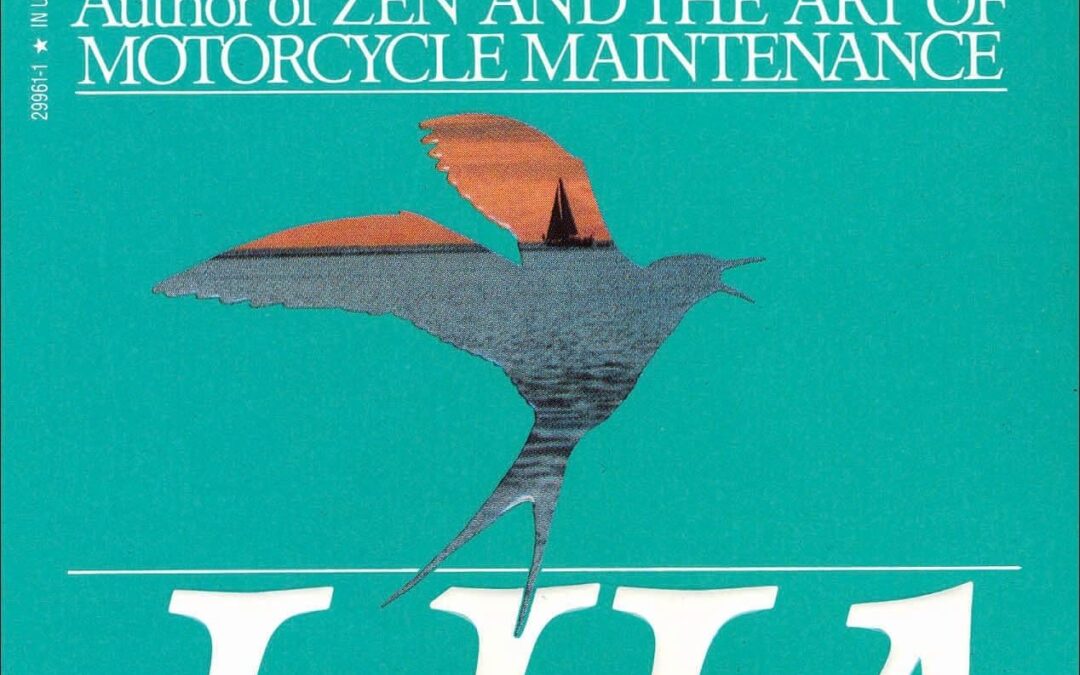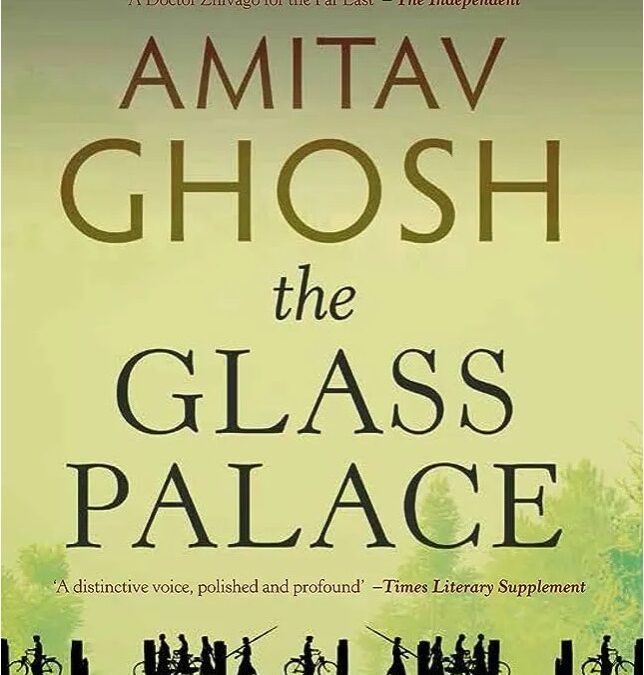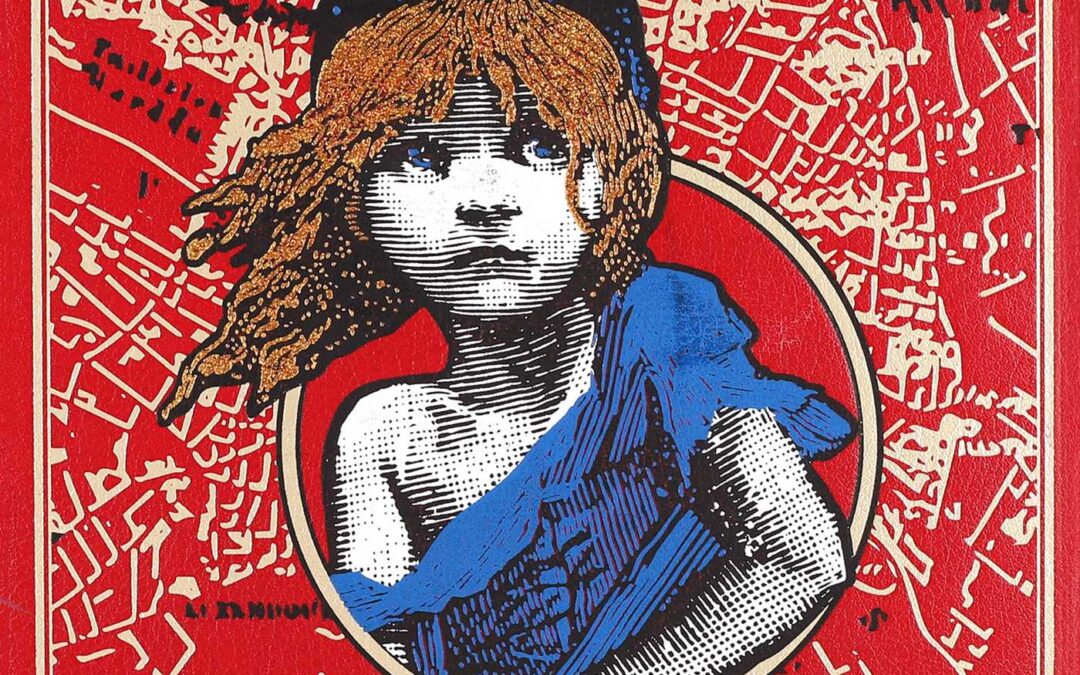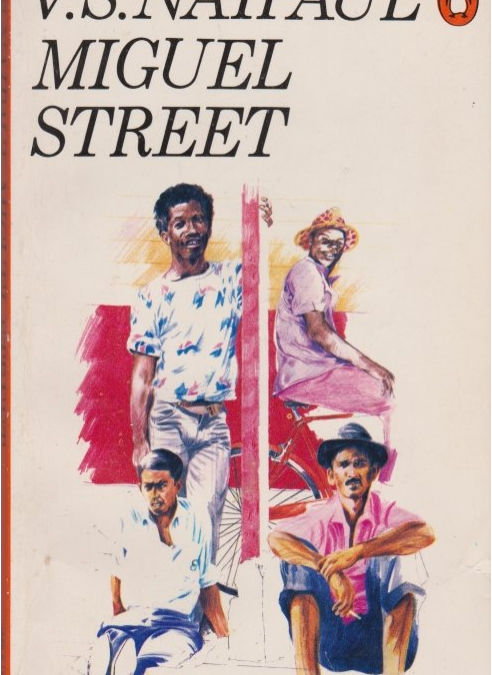
10. Lila: Book Review
10. Lila: Book Review
I read Robert Pirsig’s Zen and the Art of Motorcycle Maintenance in the 1990s, and when Lila: An Inquiry into Morals was published in 1991, I bought that too. However, I failed to capture its content at that time. It remained on my bookshelf unread. The news of his death in April 2017 made me pick up this book from the shelf and read it. And once I started reading it, I could not put it down.
This book draws many parallels with Zen and the Art of Motorcycle Maintenance. Here, instead of a motorcycle, Pirsig sails on his yacht. Instead of going westwards from Minnesota to California, he sails along the Hudson in New York State from Troy to Sandy Hook, east of New Jersey. Instead of his son being a pillion rider, he picks up an unknown woman from a nearby boat, purely as a situation. This woman is Lila, single and struggling with insanity. But here the similarity ends. While Zen explored the idea of values, morals are examined here.
In the book, Pirsig attempts to build the concept of Dynamic Quality as an irresistible and indomitable cosmic force that drives humanity to create, improve, and evolve. This force naturally confronts the status quo – personal, social, economic and political – and motivates people to react. Some take up the challenge, but the majority decline. The majority lead comfortable lives within their families and workplaces. The few people triggered by this cosmic impulse for change emerge out of their comfort zones. They struggle. Some succeed, but most fail and live in despair. Some even end up in insanity. In India, we refer to this invisible force as Brahman, and Practices like Yoga and Meditation help one remain stable in the turbulent winds of adversity. Indian society has its ways of coping with broken hearts through religion and other spiritual practices.
Pirsig expands the idea of the immortal Self dwelling within the mortal body (Atman) into his concept of multiple selves – biological, social and intellectual. When the balance and harmony between these is broken, an individual suffers from various physical ailments as well as mental disorders such as psychosis and neurosis, at times even ending up insane.
“The world comes to us in an endless stream of puzzle pieces that we would like to think all fit together somehow, but that in fact never do.” (Chapter 8, p. 102)
This book builds upon the concepts of Gestalt Therapy, as developed by Fritz Perls, and Self and Others, by R.D. Laing. I developed goosebumps imagining how these different books could have reached me. I found these books at various points in time, and though some, like Lila, had been with me for many years, I read them only when I was ready to absorb them.
I can now appreciate the necessity of incorporating a few minutes of meditation, or Dhyana, into one’s daily routine. Not only does it keep insanity away, but it also takes you forward on the path of evolution. Just as a forest is made up of many adjacent trees, so is human society. Just as trees are interconnected through birds and microorganisms, so also, people are interconnected through everyday transactions – with maids, drivers, vendors, co-workers, one’s supervisors, students, subordinates, and so on. A Lila is living inside all of us – frightened, bewildered and confused. Learn to take care of her fears and anxieties, and calming them down is the only way to remain sane in this insane world.





